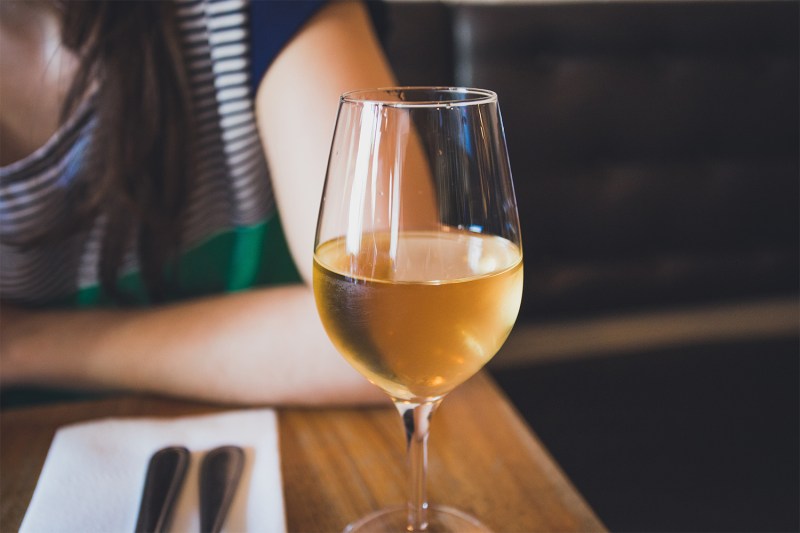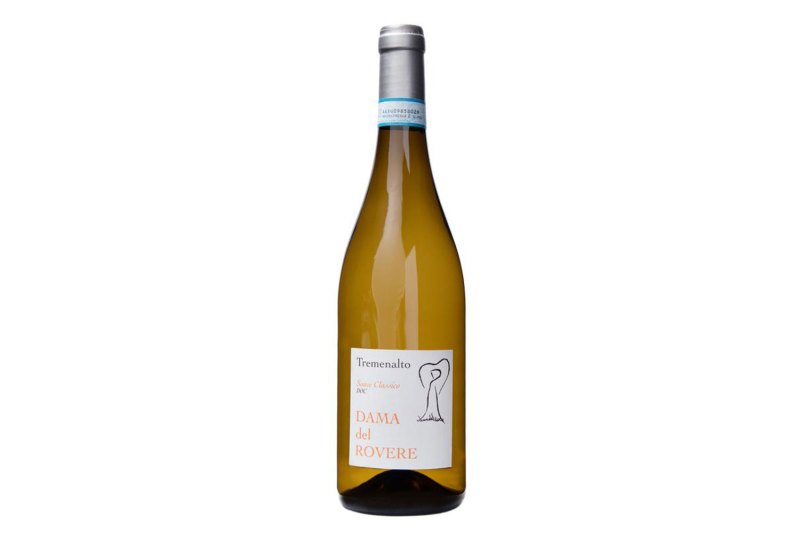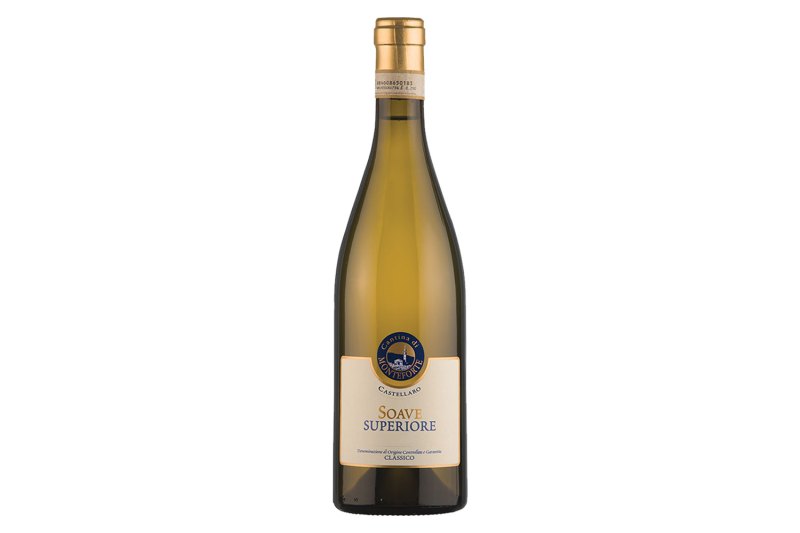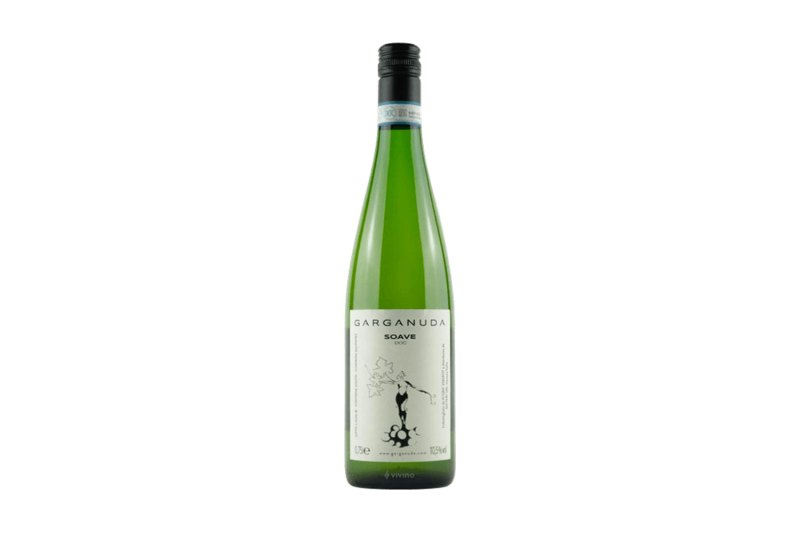About fifty years ago, Soave was the most popular Italian wine in the states. For a hot minute, the white even outsold Chianti.
Those were the days. Today, the northern Italian wine is more obscure stateside, tucked away in bottle shop aisles and on restaurant by-the-glass lists. This isn’t to say to it’s not worth tracking down, though, as the workhorse white is great on its own or paired with Italian dishes like gnocchi or squid-ink pasta.
Soave is a regional reference, not a grape one. There’s a medieval commune by the same name that’s home to about 7,000 people. The wine is made from a handful of approved varieties, including Verdicchio and Garganega. The latter must be at least 70% of the wine to take on the Soave title.
In its native Italy in the province of Verona, the Garganega grape does especially well, a late-ripening grape that boasts thick enough skins to fend off the incessant mist of the region. The Po Valley is famous for such humidity, especially in the fall when the grapes ripen and are most susceptible to disease pressure.

The Soave Classico region was designated such back in 1927. Generally, the soils of the west side of the region are limestone-based, producing bigger, fruit-driven wines. On the opposite side, the soils are volcanic, leading to wines that can show a more focused minerality. No red wine is produced in Soave (although Valpolicella is made nearby) and the area has several co-ops that vinify wine together.
Soave is generally light-to-medium bodied, with fruity flavors that fall somewhere between a Pinot Gris and a Chardonnay. Many suggest the mass-produced options offer nutty flavors and even a slight bitterness. Producers have pushed lighter, more approachable takes lately, making for trim wines that show melon and citrus and pair well with summer salads and lighter pastas.
Critics of the wine point to the region’s rather large boundaries and some producers’ tendency to push for heavy crop loads. The region absorbed some lesser growing zones during the height of Soave’s popularity to keep up with demand and focused more on quantity than quality. But today’s Soave benefits from two things: Established old vines in the areas where it truly flourishes, and the present generation of winemakers, many of whom are looking to make memorable, contemplative wines.
Like a lot of tasty Italian white wines, Soave usually shows a touch of brininess. It’s part of what makes many of the country’s whites so seafood-friendly. A slight chill is recommended, especially during the warmer summer months, so pop a bottle in the fridge for thirty minutes before you pour.
Here are a few to look out for and enjoy:
Dama del Rovere Tremenalto Soave Classico

Made from high-elevation fruit, this Soave is zippy yet refined. There’s a concentration to the flavors thanks to the windy nature of the vineyards, with lemon, crushed flowers, and a touch of salt rounding it all out.
Cantina di Monteforte Soave Superiore

With peach and almond flavors, this Soave is made using even parts oak and stainless steel. It’s a wine that grasps for shellfish or a nice wedge of brie.
Garganuda Soave

This wine is assembled by one of Italy’s most respected vintners in Stefano Menti. Fermented with native yeast and made in cement from biodynamic and organic vineyards sites, the wine is lively and layered.
Roccolo Grassi La Broia Soave

Finely balanced between fruity and floral, this Soave is aged on the lees in Slovenian oak. It is very approachable and plays well with everything from mushroom risotto to Cobb salad.


